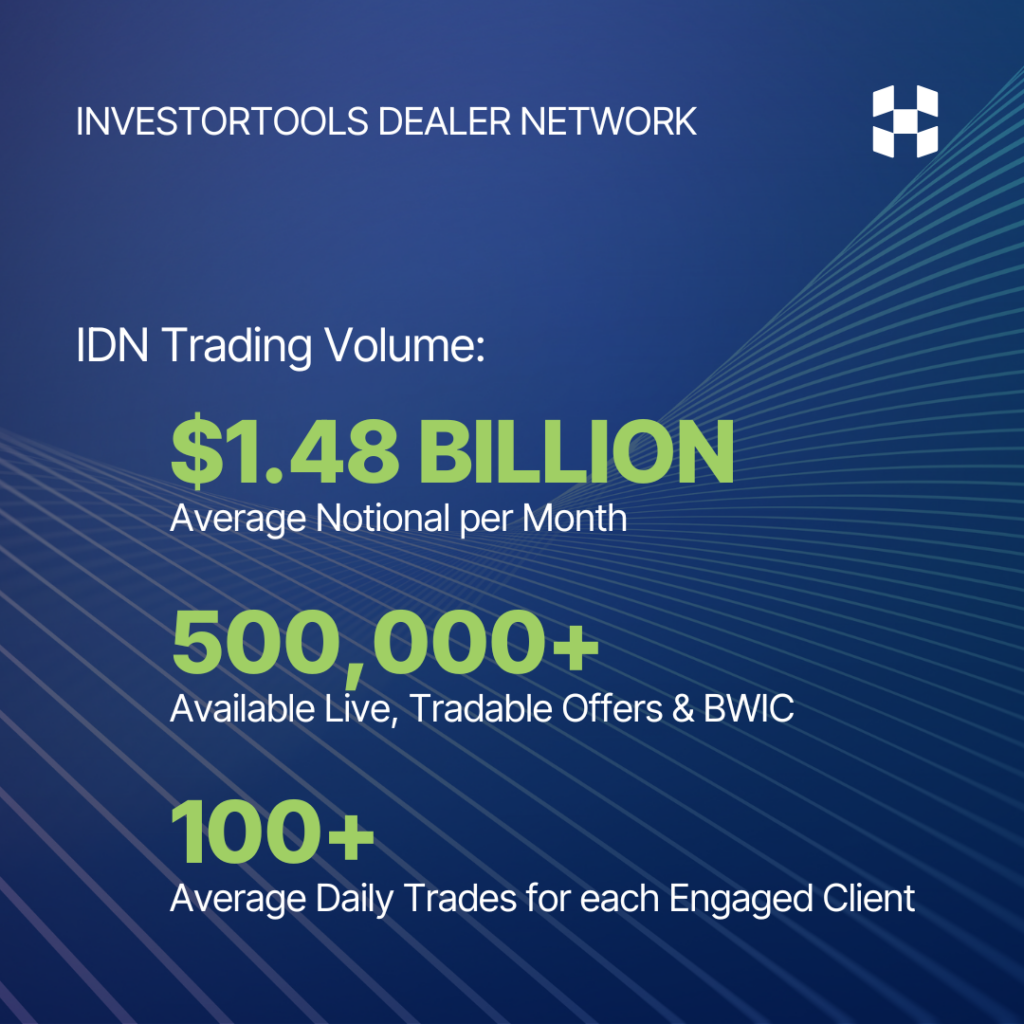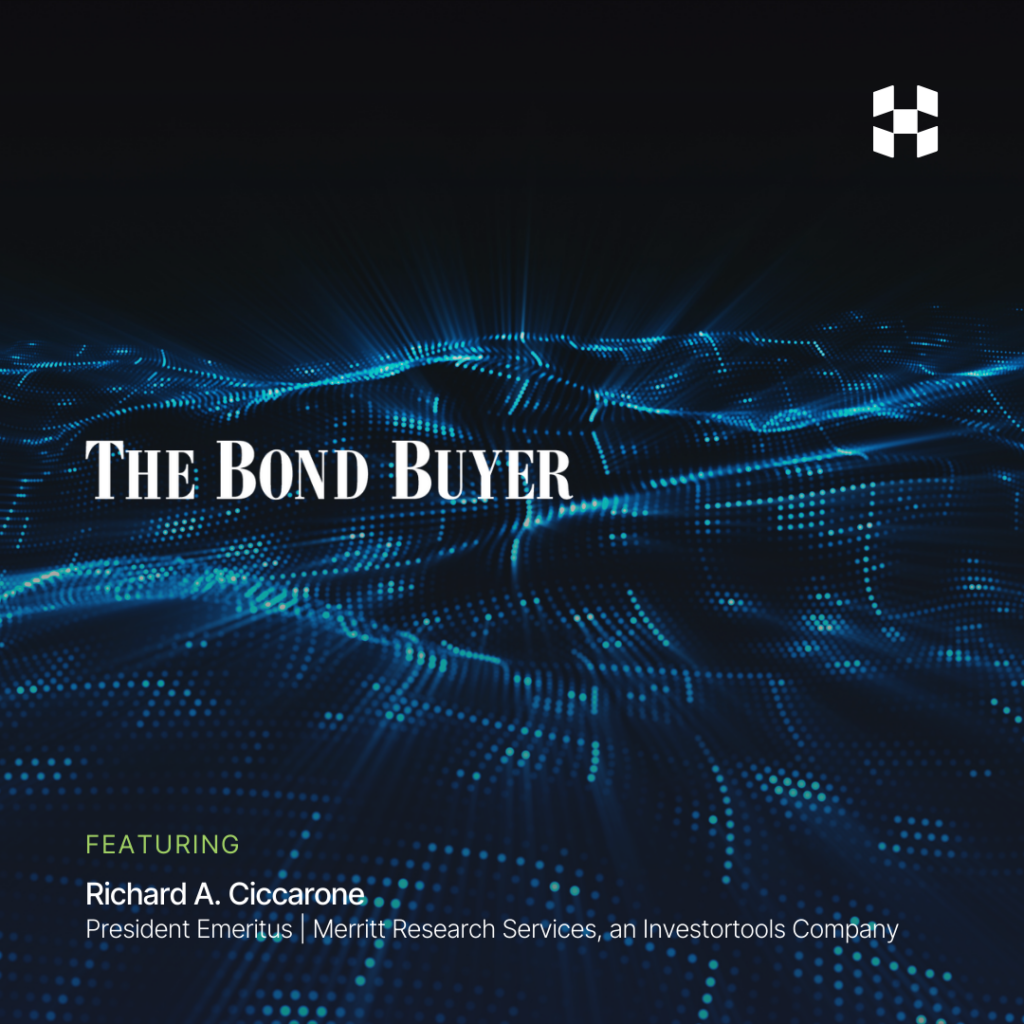I don’t know if it’s fair to say that municipal finance has recently stolen the ”money and investments“ spotlight, but the recent Wall Street Journal article highlighting the downgrade of Chicago’s debt and the city’s interactions with the rating agencies certainly indicates increased interest in the asset class.
While some municipalities are scrambling to avoid default and/or restore investor confidence, it is worth noting that the municipal credit buzz has caused a spike in the workloads of analysts. The increased media attention never fails to generate a barrage of questions from regulators, investors and chief investment officers. The effort spent answering these “questions-of-the-moment” leaves even less time for analysts to address their core responsibilities, which typically include analyzing credits coming to the marketplace and monitoring the credit quality of their existing exposure.
In response to the demands of our clients (who use CreditScope), we have been working hard to enhance the software to better model complex credit relationships. Our most recent enhancement to the system will streamline the credit review process by segregating a credit’s debt into functional groups, allowing analysts to quickly review the relevant metrics and compose targeted opinions. Red-flagging tools combine with exposures from Perform to help ensure that resources are used where they’re needed most.
If you’re using CreditScope today and would like to review these enhancements, or if the increasing demands are straining the credit analysis resources of your firm and you’d like to see if CreditScope meets your needs, we’d love to hear from you. Contact us via email or call 630.553.004.


